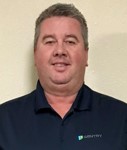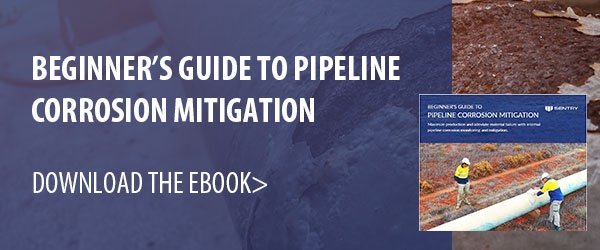
Providing a safe and easy method of accessing pressurized process systems for corrosion monitoring, chemical injection or sample extraction is an important operational consideration in upstream and midstream processes. Representative sampling solutions enable users to monitor corrosion, inject chemicals or extract samples easily and effectively. It also ensures a high level of user safety, while requiring a smaller crew and less time to operate.
Because each sample collected may pose a significant environmental or health hazard, samples must be taken safely and correctly using the appropriate equipment and containers. For true representative sampling and safety, operators must employ safe and accurate sampling solutions.
Case Study: Solving challenges and saving money
The key to a positive customer experience starts by empowering every individual with better information to make better decisions. This comes from asking questions and actively listening to understand the source of the customer’s challenge, no matter how unique the situation may be.
Recently, one of our field representatives demonstrated how this value helped a company solve a problem – and save a significant amount of money.
During an onsite training with a business partner, our field representatives overheard the partner’s chemical vendor complain that nozzles and pulsation dampeners weren’t properly mitigating hydrogen sulfide (H2S) in their process.
The field rep asked about the size of the nozzles, rate of chemical distribution and pump setup, as these are all critical to optimal chemical input. This questioning revealed two significant issues:
-
The atomizer nozzles had not been properly sized for the targeted chemical rate.
-
The chemical distributor had set the pump to run at the “shortest duration” and “ maximum cycles” to spray in short bursts multiple times per minute, wrongly believing this would distribute the chemical more often.
Pulsation dampeners utilize the compressibility of nitrogen gas for storing hydraulic energy during pump compression. The nitrogen gas is compressed when the pulsation dampener fills with a chemical from the injection pump. When the pressure drops during the return cycle of the chemical injection pump, the pulsation dampener steps in and uses its stored energy to dispense the stored fluid, enabling a more constant injection pressure.
Pulsation dampeners enable the user to decrease the speed of their pump while maintaining a uniform pressure to the atomizer. The result is money saved from less wear and tear on the pump, more efficient chemical injection, and better process control.
However, the customer’s setup did not allow the atomizer’s hydraulic cylinder to overfill with chemicals, which causes a buildup of differential pressure. The higher the differential pressure, the smaller the droplet size, resulting in optimal chemical dispersion.
As a result of these issues, the chemical provider was pumping 40 gallons of chemical per day – double the target rate of 20 gallons, in order to effectively mitigate H2S.
The Result: $1.6 Million Yearly Savings
Thanks to the Sentry field rep’s advice, Sentry’s business partner reduced the nozzle size at two locations and changed the pump setting from “short duration” to “long duration” and to the “minimal cycles“ per minute needed to achieve the targeted rate.
Within 10 minutes, the pulsation dampener locked into place with approximately 1,100 pounds of pressure, indicating the atomizer was working properly. Within half an hour, the H2S was mitigated down to spec. The chemical pump rate was reduced to the target rate of 20 gallons per day within the first 48 hours of implementing the new nozzle and the pump changes.
The customer subsequently purchased pulsation dampeners and nozzles for six more locations. In total, they spent $12,800 for pulsation dampeners and nozzles across eight locations. With a chemical cost of $27.50 per gallon, they’re now saving $550 per day per location – for a total of $4,400 saved per day. Over a year, that adds up to a staggering $1.6 million in savings. This chemical rate reduction paid for the total investment within three days.
Learn more about how corrosion monitoring and mitigation can benefit your Upstream & Midstream company here.




